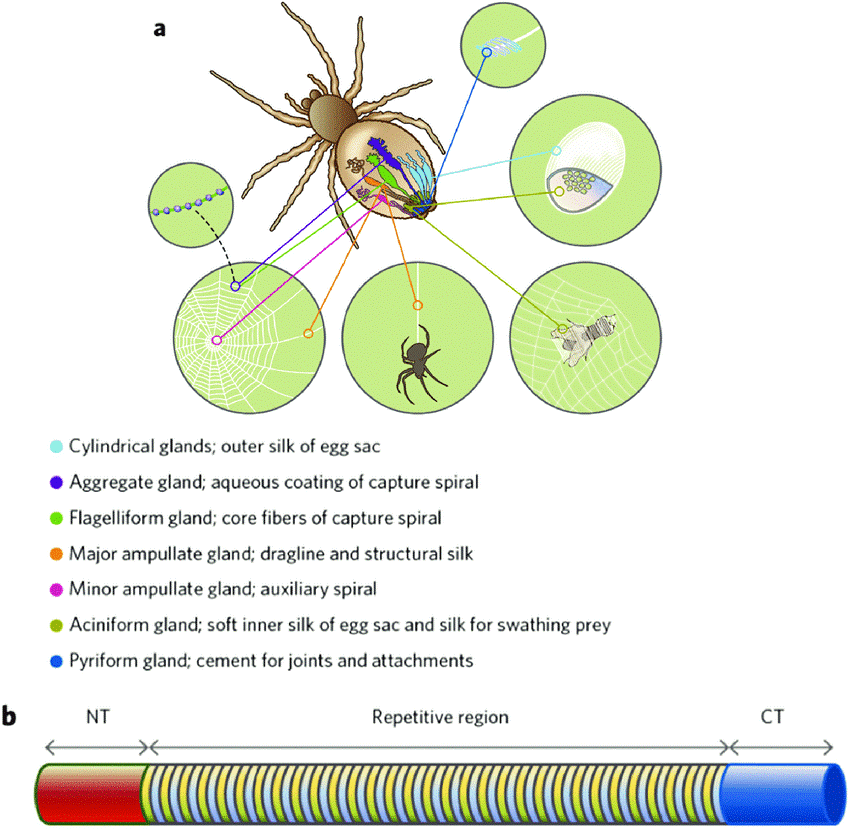
Recent Developments in Regenerated Silk Fiber
Kuan Cao, Yong Liu*, Seeram Ramakrishna
Abstract:Mechanical properties of regenerated silk fibers are much lower than those of natural silk, due toinadequate understanding of the complex process of animal spun silk and inferior spinning pro-cesses and technologies available. In order to acquire regenerated silk fibers with good mechanicalproperties, the effects of pH, process parameters, metal ions, coagulation bath, post-treatment, sol-vents, and blending on the regenerated silk fibers are reviewed in this article. The solvents, pH, andmetal ions affect the spinnability of the regenerated silk fibroin solution as well as the mechanicalproperties and biocompatibility of the spun fibers. Coagulation baths and post-treatment is crucialto the mechanical properties of the fibers. Microfluidics or similar methods for regenerated silk arehighlighted in terms of mimicking the gradients of the silk gland. Additionally, we highlight microflu-idics combined with electrospinning, which is a potential method to obtain regenerated silk fiber withgood mechanical properties. A better combination of these factors may lead to the regenerated silkfibers with excellent mechanical properties, may be even beyond the capabilities of the natural silkfibers.
